|
John Tyman's Cultures in Context Series NEPAL |
|
|
|
129-243 |
|
John Tyman's Cultures in Context Series NEPAL |
|
|
|
129-243 |
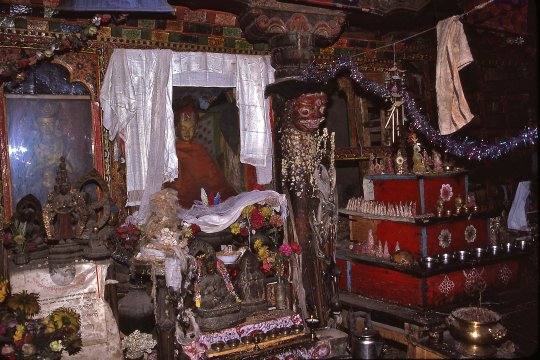 |
| 230. Though Muktinath is one of the eight most sacred Hindu shrines, Buddhism is the dominant faith in the high country, with obvious links to Tibetan imagery and practice. (In a gompa at Manang) |
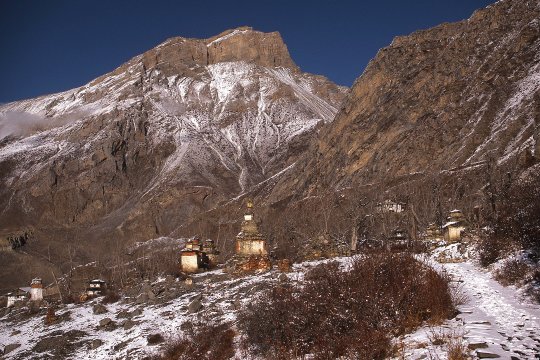 |
| 231. Trekkers are reminded continually of the faith of those who live here, for the trail in places is lined with devotional structures. (Between Thorung La and Muktinath) |
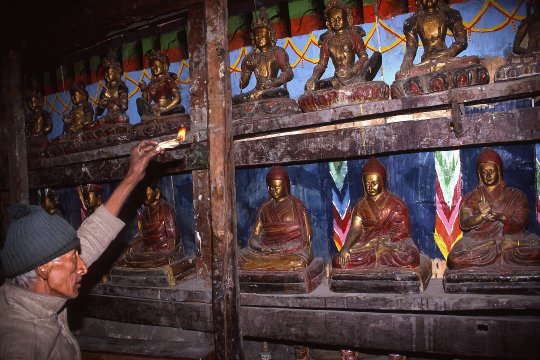 |
| 235. Many villages have their own temple (or gompa), which will be adorned with numerous images of Buddha. (At Manang) |
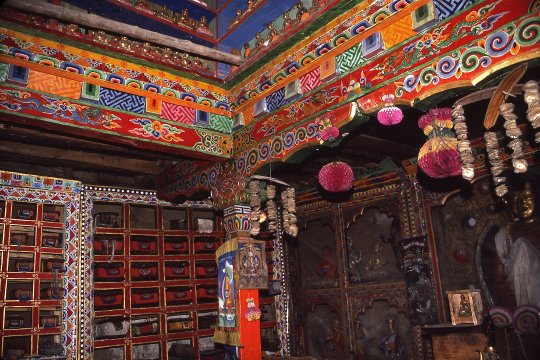 |
| 236. They are often richly decorated and also have shelves on their walls to store sacred texts. (At Pisang) |
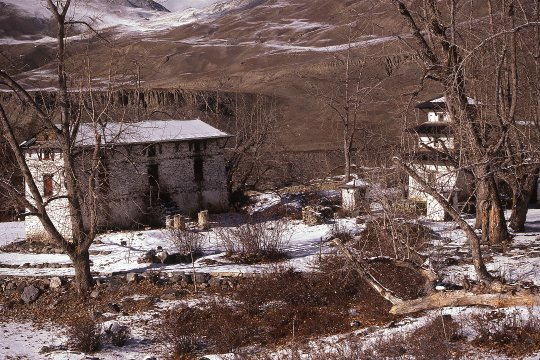 |
| 238. The way in which Buddhism and Hinduism merge tolerantly in Nepal is obvious at Muktinath, which is a sacred place of pilgrimage for Hindus and Buddhists, from India and Tibet as well as Nepal. |
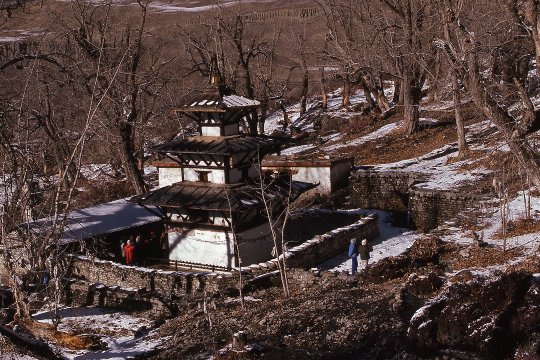 |
| 239. The central temple was built in 1815 in the pagoda style of the Kathmandu valley. It was dedicated to the Lord of Salvation (Mukti Nath), alias Lord Vishnu or Chenrezig, as Buddhists name him. |
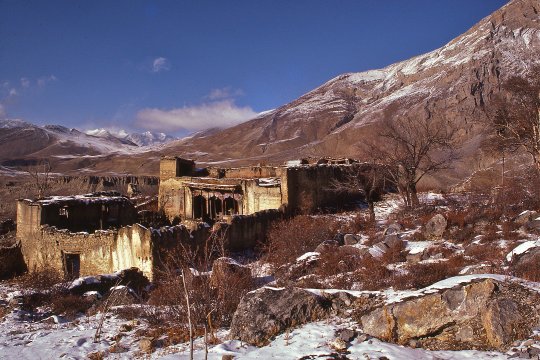 |
| 242. The old Sangdo Gompa collapsed 30 or more years ago, but it has been replaced, and there are older Buddhist structures within the boundary of the Muktinath complex. |

![]()
Text, photos and recordings
by John Tyman
Intended for Educational Use
Only.
Contact Dr. John Tyman at johntyman2@gmail.com
for more information regarding
licensing.
![]()
www.hillmanweb.com
Photo processing, Web page layout,
formatting and hosting by
William
Hillman ~ Brandon, Manitoba ~ Canada